As a reporter on Saipan, I spent years chasing the tangled web of Amelia Earhart’s disappearance, tracking claims that her Lockheed Electra E crash-landed in the Pacific and that she and her navigator, Fred Noonan, were taken prisoner by the Japanese. According to some, they met their end in Garapan.
Of course, I found myself in the crosshairs of the staunch defenders of this theory when I interviewed scientists determined to prove that Earhart and Noonan actually crashed near Nikumaroro Island (formerly Gardner Island) in Kiribati, where they perished as castaways.

No one could talk anyone out of their beliefs, especially those who swore up and down that they had seen something back in 1937—like the local woman who made a deathbed confession to a priest about spotting an emaciated Earhart in a Japanese hotel in Garapan, or the man who insisted she was locked up in a nearby jail.
But in the spirit of science and fact-based research, some scientists refuse to throw in the towel unless they are proven wrong. In August 2025, Dr. Richard Pettigrew, an archaeologist from the Archaeological Legacy Institute in Eugene, Oregon, will lead an expedition to Nikumaroro to investigate a metallic anomaly dubbed the “Taraia Object.” Based on drone and satellite imagery, Pettigrew believes it could be the main body and tail of Earhart’s Lockheed 10-E Electra.
Despite previous groups’ failed attempts, Pettigrew and his team are pinning their hopes on their latest research, determined to finally crack the case and put the mystery to bed.
While supporters of the Saipan theory rely on witness testimony from locals who lived before the 1944 invasion, the Nikumaroro theory has yielded some physical evidence. In 1940, a set of bones—long thought to belong to a man—was unearthed on the island. However, modern forensic analysis suggests the measurements match Earhart’s stature. Glass shards resembling a jar of Dr. C. H. Berry’s Freckle Ointment—a staple in Amelia’s beauty kit—were also found, adding weight to the theory.
Meanwhile, other theories refuse to fade into the background, continuing to grab headlines and stir curiosity. Despite the spine-tingling possibilities, none have provided the smoking gun, leaving Earhart’s fate as elusive as ever.
In all my years covering this story, I have never seen a Japanese scholar tackle this mystery in a history conference, a public lecture, or a book. Saipan and much of the Pacific were under Japanese administration when Earhart attempted her circumnavigation. If her plane had crash-landed near the Marshalls, Nikumaroro, or Papua New Guinea—anywhere near Japan’s mandate—surely, their meticulous records would have something to say.
Then again, who’s to say the U.S. government isn’t still sitting on classified documents? Some speculate that Earhart was more than a pilot—she may have been a spy, working under the orders of President Franklin Delano Roosevelt.
Until the day we uncover the final piece of the puzzle, the mystery will persist. And somewhere, Amelia may be shaking her head, wondering why she didn’t leave us clearer breadcrumbs to follow.



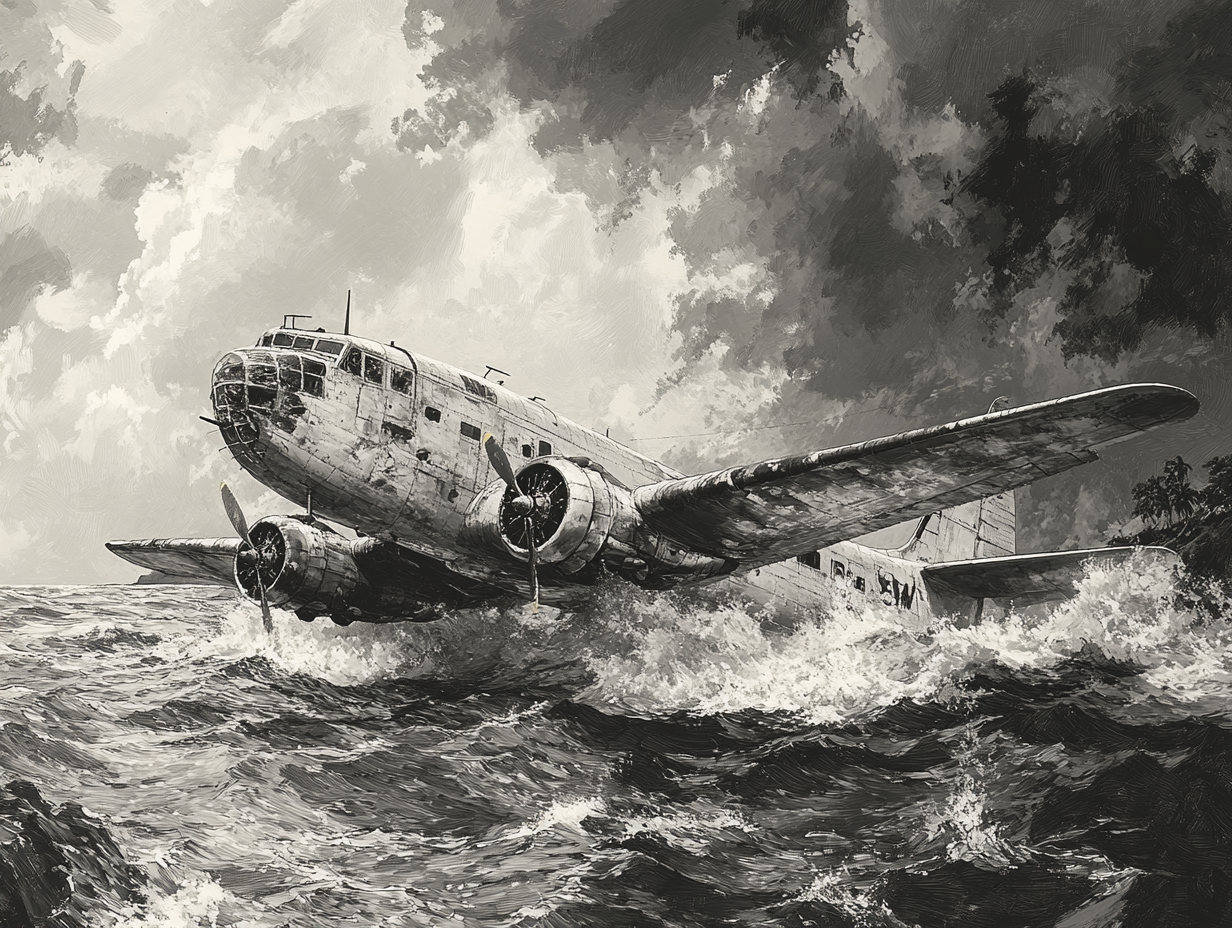
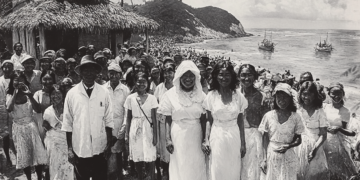
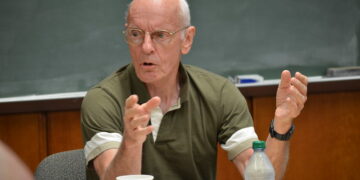
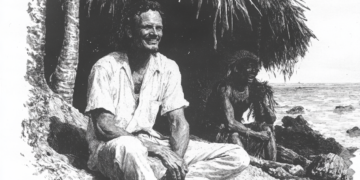
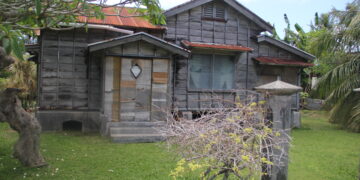
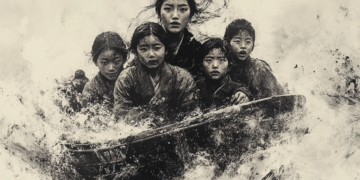
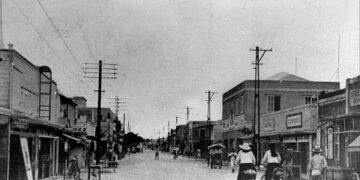



Discussion about this post